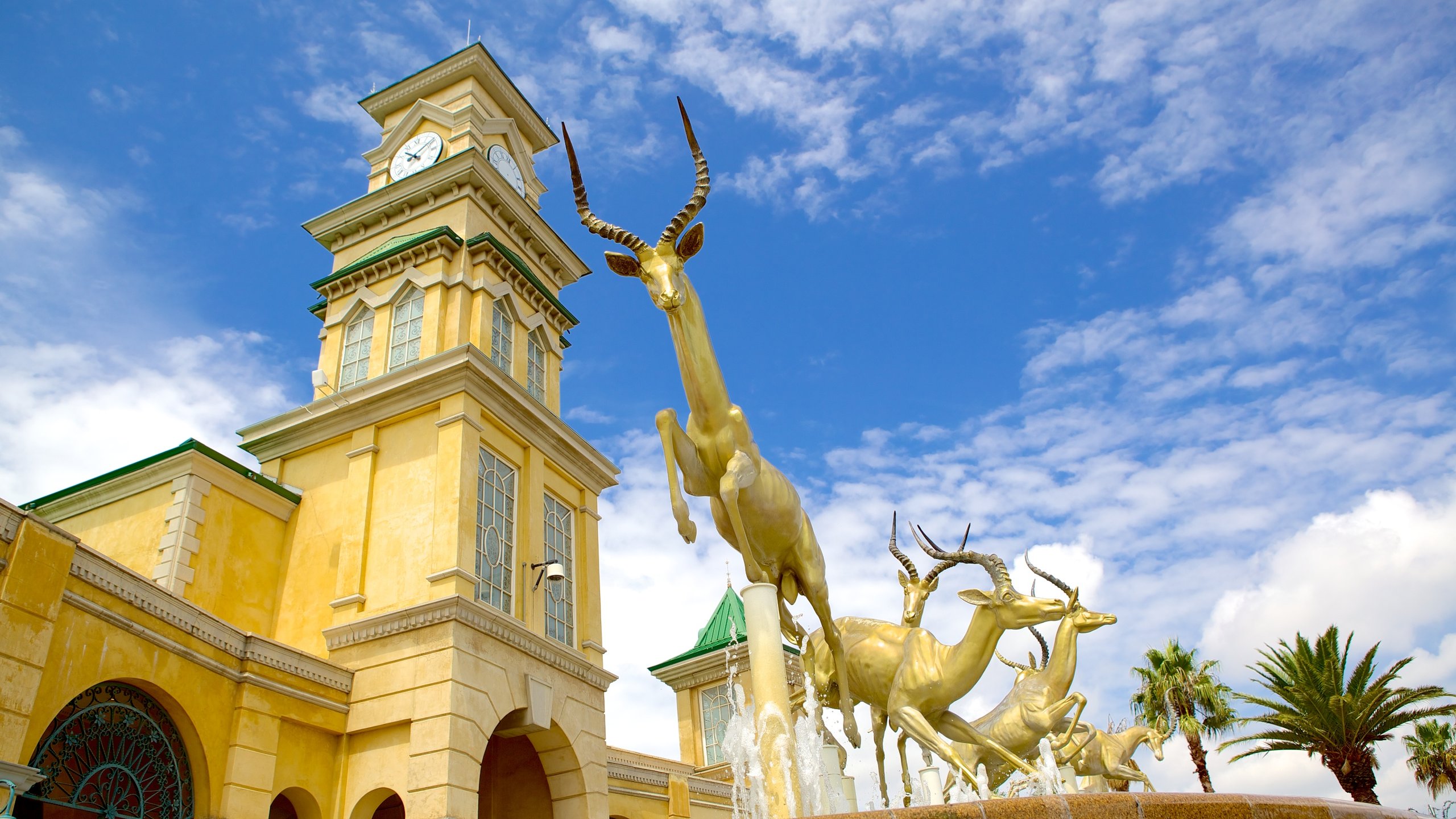Some Ideas on Johannesburg North Attractions You Need To Know
Table of ContentsFacts About Johannesburg North Attractions UncoveredNot known Facts About Johannesburg North Attractions4 Easy Facts About Johannesburg North Attractions ShownJohannesburg North Attractions Can Be Fun For EveryoneThe Only Guide to Johannesburg North AttractionsThe Johannesburg North Attractions Ideas
The city owes its area to the presence of an even a lot more priceless resource: gold. The city grew on the side of the Witwatersrand Key Reef, a below ground stratum of gold-bearing quartz-silica conglomerate that arcs for numerous miles under the Highveld. The majority of the gold mines in the city discontinued procedure in the 1970s, yet in its day the Witwatersrand gold sector made up even more than 40 percent of the world's annual gold production.Johannesburg has a warm environment. Summer season temperature levels balance concerning 75 F (24 C); winter temperature levels average regarding 55 F (13 C) and just periodically dip listed below freezing. The city delights in concerning 8 hours of sunshine daily in both winter and summertime. Rain standards concerning 28 inches (700 millimetres) per year, however the complete varies substantially from year to year.
What rain the city receives drops virtually specifically in the summertime months, usually in spectacular late-afternoon electric tornados. Air contamination positions a significant problem, particularly in the winter season, when thermal inversions restrain the westward flow of air from the Indian Ocean. Air pollution is most serious in the densely resolved Black municipalities on the city's perimeter, where several citizens still count on coal for fuel.

See This Report on Johannesburg North Attractions
The balance of the city is occupied by whites. Holiday accommodation differs in character and quality.
Physical growth, although somewhat restricted by transport, proceeded rapidly as migration to South Africa, and Johannesburg in specific, raised significantly.
Most bad residential areas were mixed, with poor blacks and whites cohabiting, although the well-off residential areas were usually booked for whites. This changed with the political election of the National Party in the 1948 elections, who began to formalise the system known as discrimination. Apartheid officially marked which suburbs each race could reside in under the Team Locations Act.
The previous system of eleven numbered regions was reorganised in 2006. Marshalltown, as seen from the top of the Carlton Centre. The M1 and M2 run behind the structures, and the southerly suburbs prolong past the freeway boundary. The central city of Johannesburg lies within the city's Area F. The estimated populace of the area is 200,000, [] The number of people living in the internal city on an informal basis is unidentified, as several are unlawful immigrants. Most higher-income citizens and white people have relocated to the northern suburban areas and have been changed by lower-income black people. The unemployment, education, and age profiles of the location are all unidentified, as a result of the problem of obtaining reputable information concerning the location.
The 6-Second Trick For Johannesburg North Attractions
Yeoville and Bellevue have a mix of apartment and solitary residential systems on little whole lots. The area is situated on a hilly divide that ranges from east to west. One of the most obvious geographical feature is Observatory Ridge, which is called for the huge observatory situated on it. The leisure rooms are no much longer website here utilized, as a result of safety troubles.

Johannesburg North Attractions for Beginners
R. Tambo International Flight Terminal). The eastern suburban areas are several of the oldest areas of Johannesburg, there are huge areas of Jewish and other European backgrounds, most of the population is English speaking. There are three golf training courses as well as a number of secured ridges with viewsites. There are numerous strong and i thought about this up-market amusement and buying locations in the eastern such as the Eastgate Purchasing Centre and the Greenstone shopping center.
Originally constructed to house male migrant workers, numerous have actually been enhanced as homes for pairs and households. The suburb was not traditionally allowed to develop employment centres within the location, so virtually all of its locals are commuters to various other components of the city.
Facts About Johannesburg North Attractions Revealed
The household locations in the northern residential areas are mainly formal, with no significant areas of informal housing, or real estate that lacks an irreversible structure. This is a well-known location, there is a fad of land use modification from domestic to industrial, particularly along primary arterial roadways and around well established nodes.
Roads to the east and west are less well established, as there are no highways travelling in that direction. In the direction of the north click to read boundary of the city, the density of advancement lowers, leaving large areas of primitive land around Midrand.
Not known Factual Statements About Johannesburg North Attractions
The first residential area to the north of the inner city is Parktown, which is situated on a hill neglecting the central city and Hillbrow. It has lots of rich homeowners and Edwardian-style estates, in addition to the Education and learning and Medical universities of the University of the Witwatersrand. The huge concrete Charlotte Maxeke Johannesburg Academic Medical Facility controls the sky line of Parktown.